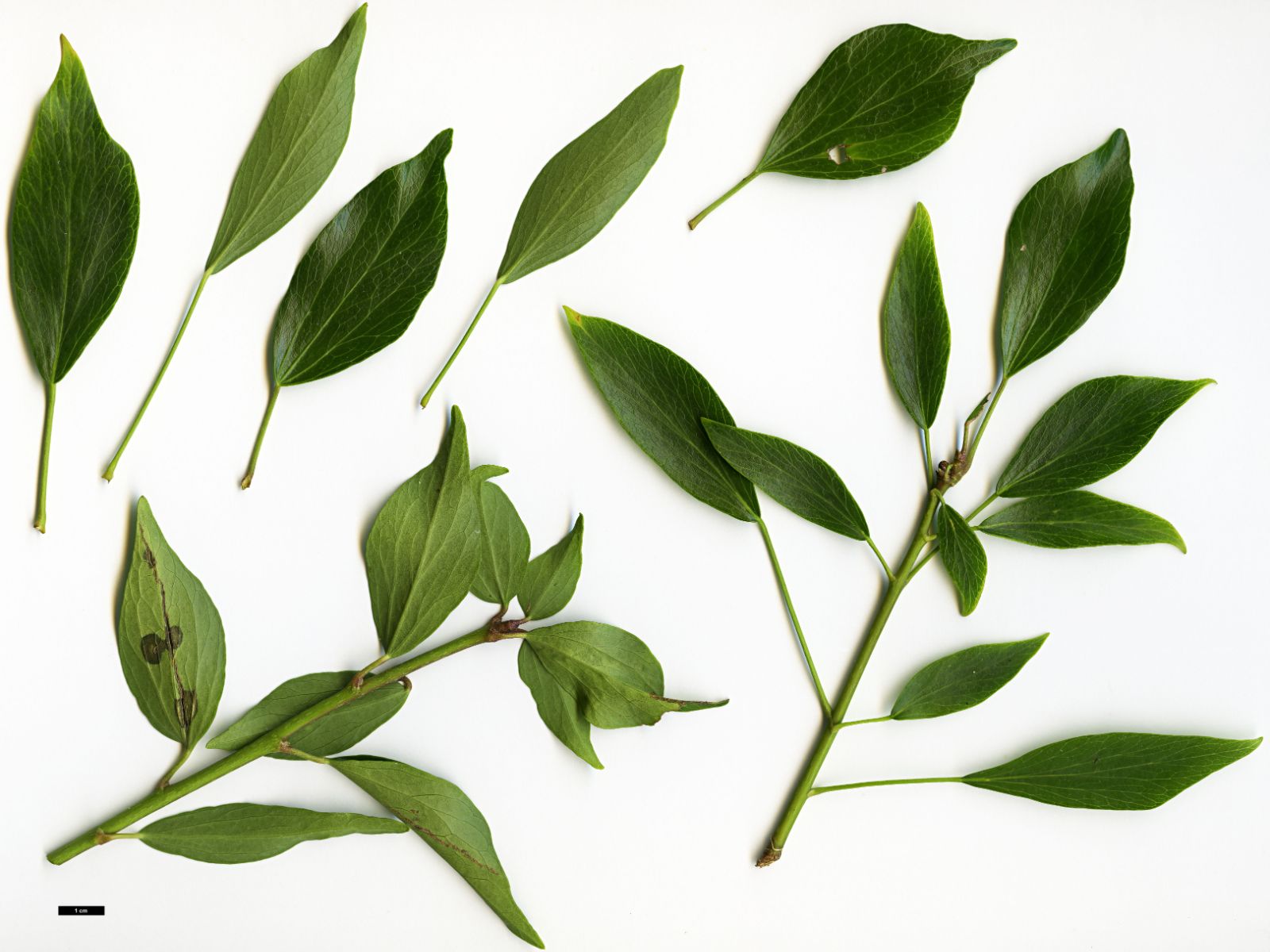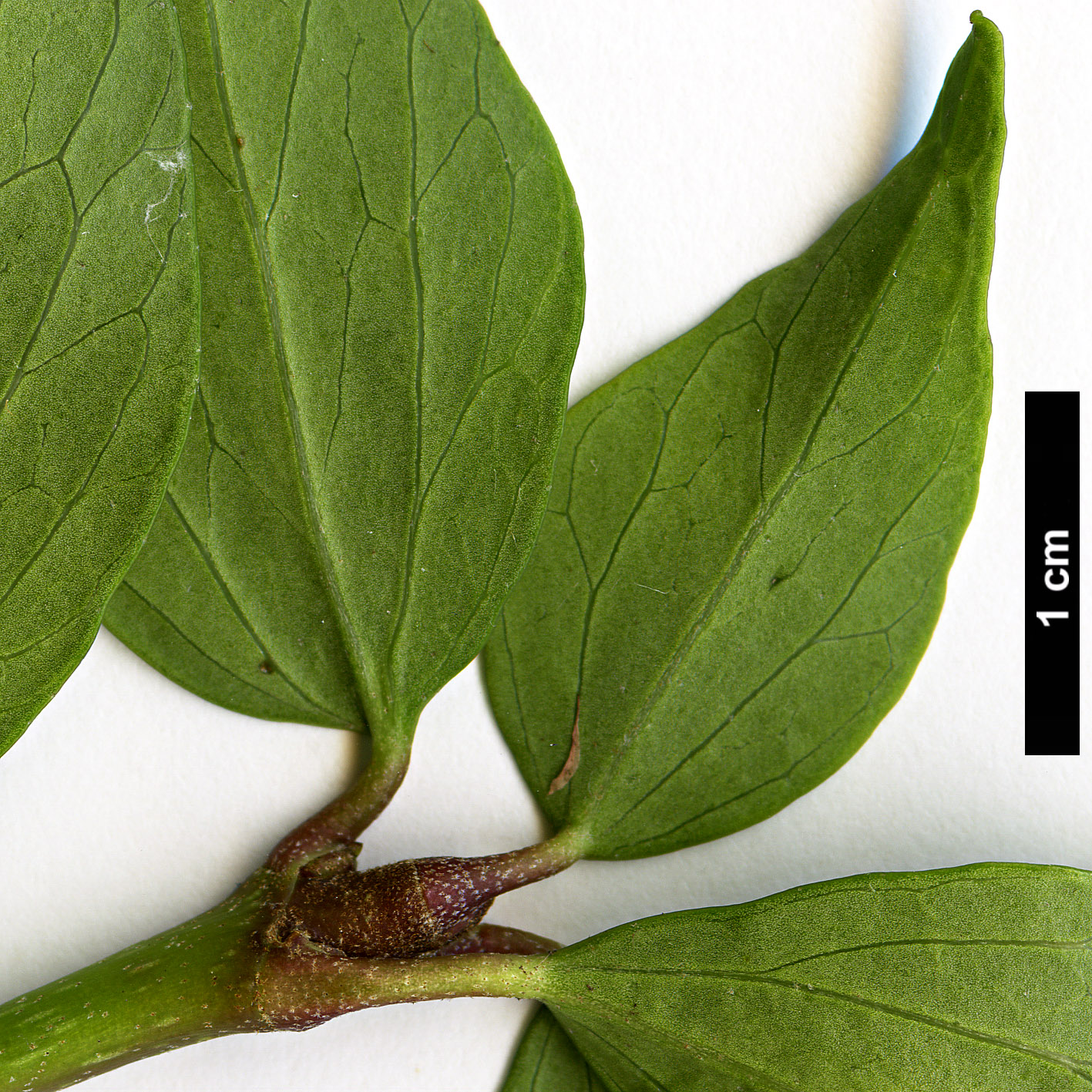Hedera nepalensis
Credits
Article from Bean's Trees and Shrubs Hardy in the British Isles
Recommended citation
'Hedera nepalensis' from the website Trees and Shrubs Online (treesandshrubsonline.
Genus
Synonyms
- H. cinerea (Hibb.) Bean
- H. helix var. cinerea Hibb.
- H. himalaica Tobler
- H. helix var. chrysocarpa DC.
Infraspecifics
Leaves triangular-ovate to ovate-lanceolate, taper-pointed, 2 to 41⁄2 in. long, 1 to 21⁄2 in. wide, often with two blunt lobes near the base and with bluntish, lobulate teeth on the upper part of the leaf, greyish green and the veins still paler grey. In the fruiting state the leaves are entire, ovate-lanceolate, half to two-thirds as wide as they are long, tapered at the base. Fruits yellow or orange. The young stems, petioles, and inflorescence parts are scaly, the scales yellowish brown, twelve- to fifteen-rayed.
Native of the Himalaya. The early Himalayan botanists did not separate this species from H. helix, but it is distinct enough in its foliage, in its scaly indumentum and yellow fruits. It was also confused with the poet’s ivy, H. helix var. poetica, which it resembles only in its yellow fruits. It is rather more tender than the common ivy, but does well on a wall.
From the Supplement (Vol. V)
Roy Lancaster has pointed out that the Himalayan ivies seen by him lacked lobulate teeth and were often quite unlobed. But in the Dachigam Game Reserve near Srinagar in Kashmir he saw plants which were a good match for H. nepalensis as described on page 359 (The Garden (Journ. R.H.S.), Vol. 105, p. 257 (1980)).
var. sinensis – This variety is now well established in cultivation, thanks to recent introductions from Yunnan.
var. sinensis (Tobler) Rehd.
Synonyms
H. himalaica var. sinensis Tobler
H. sinensis (Tobler) Hand.-Mazz


